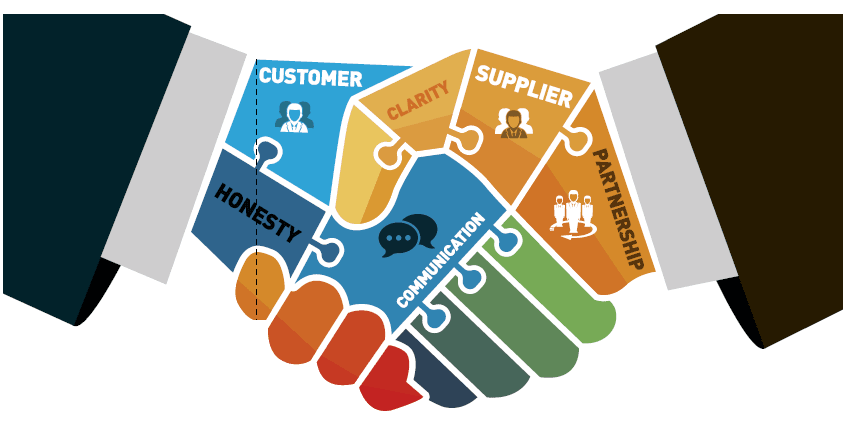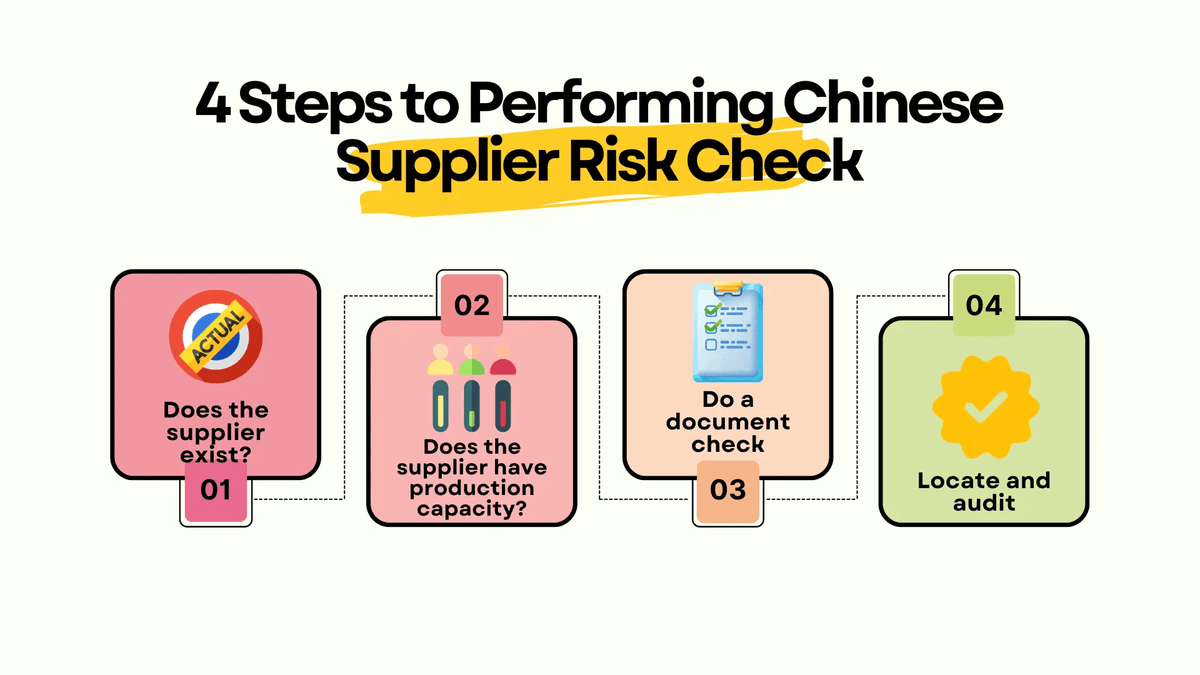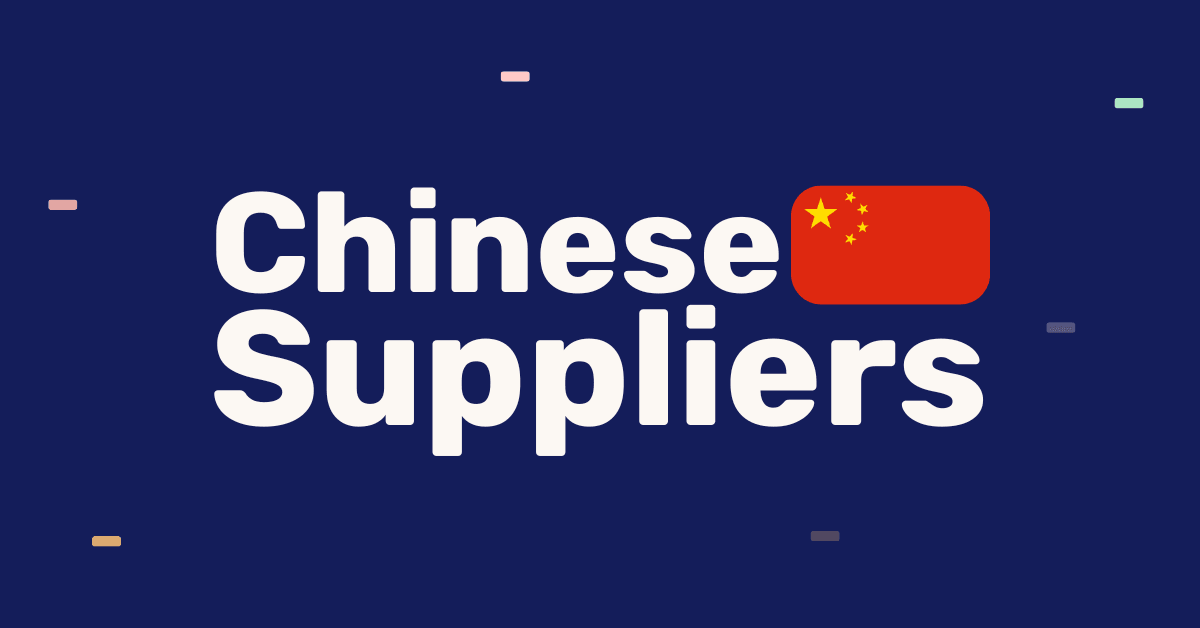Introduction: The Silent Treatment You Don't Deserve
Imagine sending out dozens of emails to potential Chinese suppliers, only to be met with deafening silence. Sound familiar? Many international buyers struggle to understand why their carefully crafted emails go unanswered. The truth is, there's an art to communicating with Chinese manufacturers that goes far beyond simple translation.

The Harsh Reality of Supplier Communication
Not all Chinese factories are desperate for your business. Top-tier manufacturers:
- Have established long-term client relationships
- Operate at near-full production capacity
- Are selective about new business partnerships
The 5 Deadly Sins of Poorly Formatted Emails
Your typical amateur email likely commits these critical mistakes:
1. No Business Introduction
- Suppliers want to know WHO you are
- Credibility matters more than you think
2. Vague Product Requirements
- Ambiguity kills communication
- Specificity attracts serious manufacturers
3. Subjective Quality Descriptions
- "High quality" means nothing
- Provide measurable, objective specifications
4. Missing Technical Specifications
- No spec sheet = No serious consideration
- Detailed documentation is key
5. Unprofessional Tone
- Informal language signals inexperience
- Factories seek reliable, long-term partners

The Perfect Email: A Step-by-Step Blueprint
1. Professional Introduction
- Clearly state your company name
- Provide a brief company background
- Include a website or professional reference
2. Precise Product Details
- Specify exact product model/specifications
- Attach comprehensive specification sheets
- Use industry-standard terminology
3. Clear Communication Expectations
- Request specific information:
- Pricing at different order volumes
- Available certifications
- Production lead times
4. Communication Etiquette
- Be concise
- Use professional language
- Show respect for the supplier's time
- Address contacts by name

Real-World Email Template
Pro Tips for Successful Sourcing
1. Research Thoroughly
- Understand industry-specific terminology
- Use platforms like Alibaba for reference
2. Be Prepared with Samples
- High-quality manufacturers appreciate physical references
- Demonstrates seriousness about potential partnership
3. Demonstrate Long-Term Potential
- Hint at future large-scale opportunities
- Show you're not a one-time buyer

Common Mistakes to Avoid
- Demanding immediate responses
- Using machine translation
- Sending overly lengthy emails
- Failing to proofread
Conclusion: Your Path to Successful Sourcing
Effective communication with Chinese suppliers isn't about luck—it's a strategic approach. By implementing these guidelines, you'll transform from an overlooked email to a welcomed potential partner.
Ready to Elevate Your Sourcing Game?
Start implementing these strategies today and watch your supplier response rates soar!
Disclaimer: Communication strategies may vary across different industries and specific manufacturer cultures.